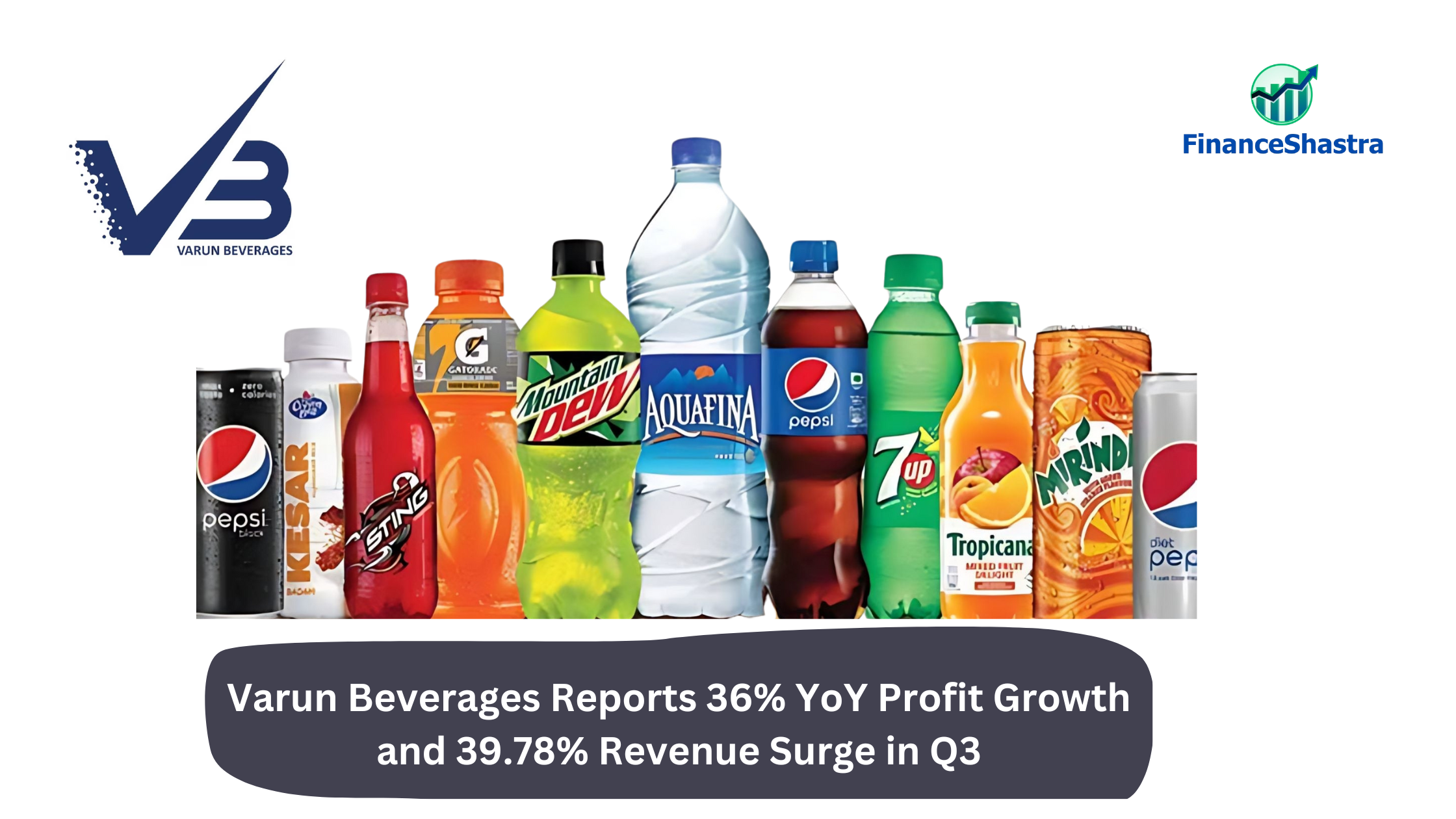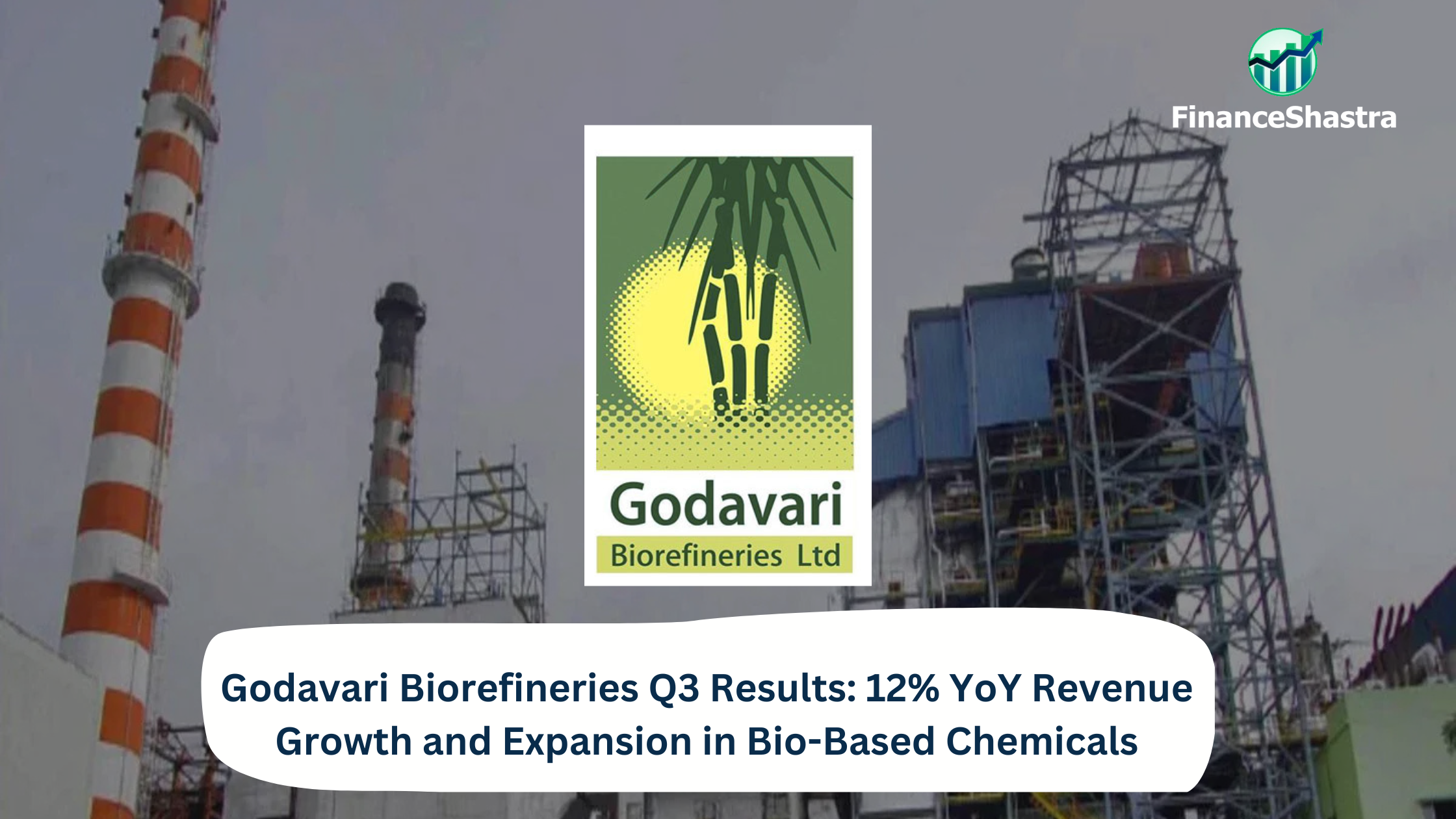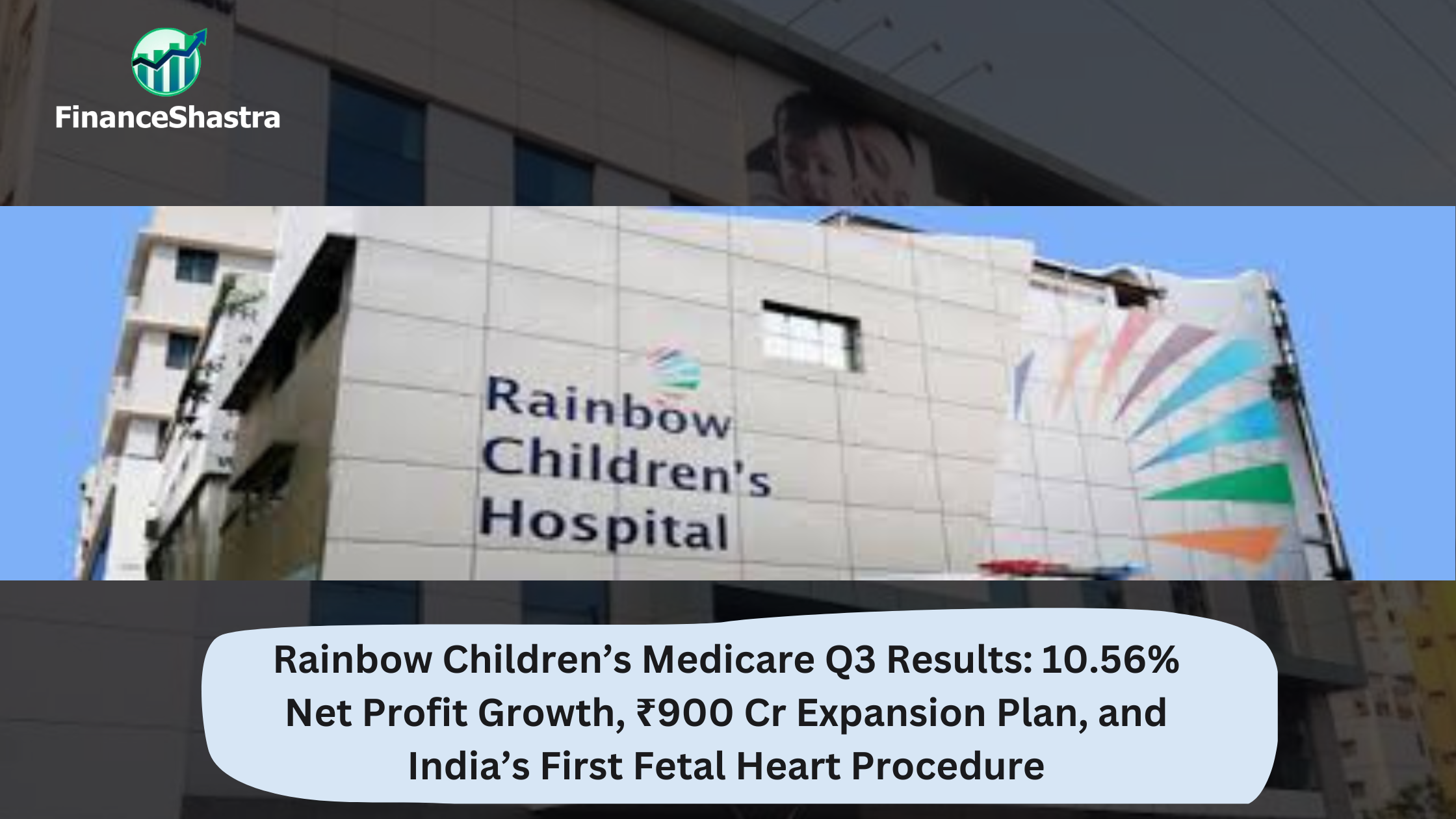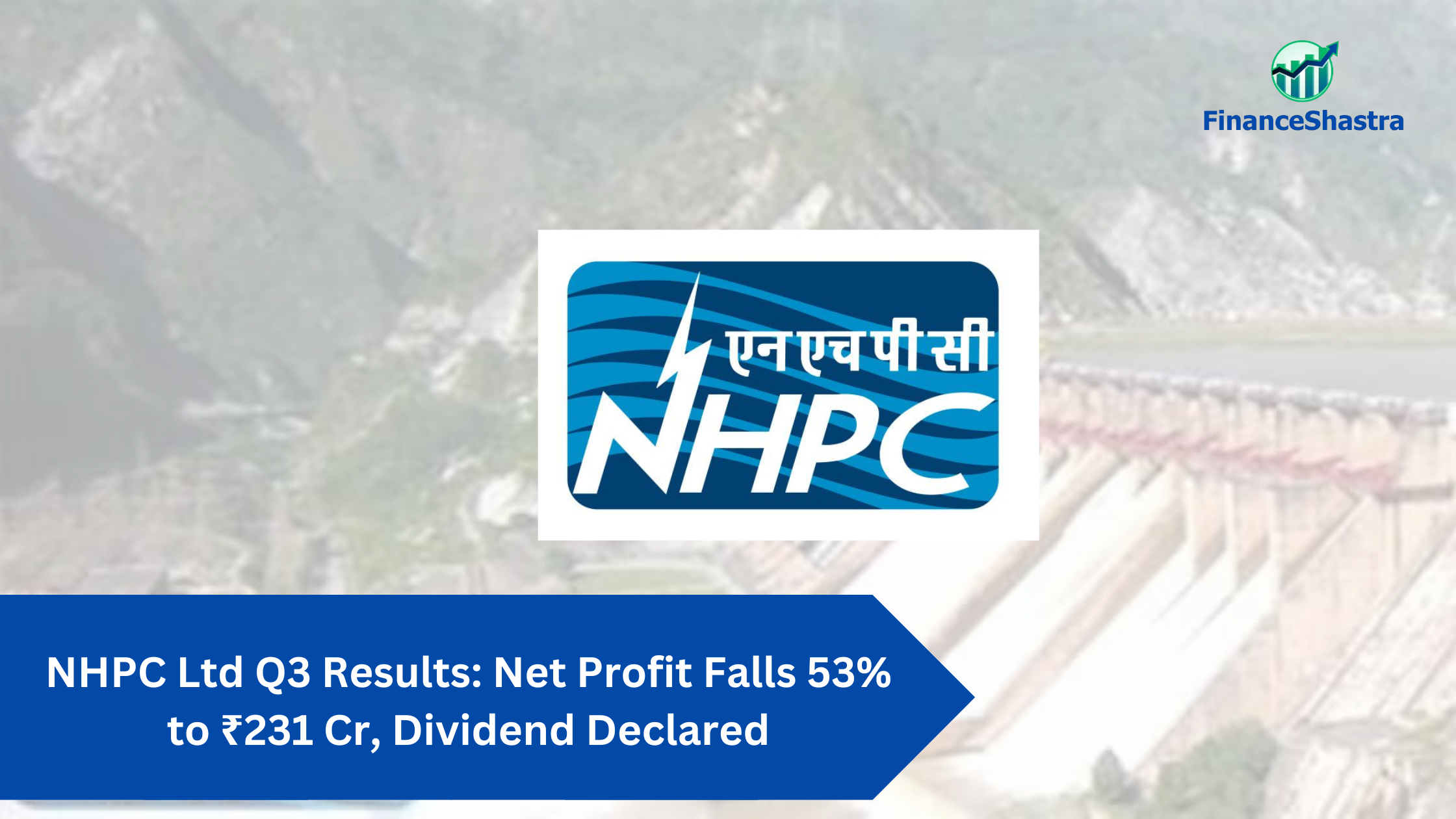Eicher Motors Q3 Results: Strong Net Profit Rises 17.5% to ₹1,170.5 Cr, Slightly Below Estimates
Business and Industry Overview
Eicher Motors Limited, the parent company of Royal Enfield, is an Indian multinational automotive company that manufactures motorcycles and commercial vehicles. It is headquartered in Chennai, India, and is publicly traded on the Bombay and National Stock Exchanges. They manufacture a range of Iconic motorcycles (Royal Enfield) and Modern commercial vehicles (for VECV). It is the oldest motorcycle brand in continuous production, Royal Enfield, which made its first motorcycle in 1901. Royal Enfield, which is a division of Eicher Motors Limited, has created the mid-size motorcycle segment in India with its unique and distinctive modern classic motorcycles. It is one of the largest players in India in the motorcycle industry.
The Eicher Group has diversified business interests in design and development, manufacturing, and local and international marketing of trucks, buses, motorcycles, automotive gears, and components. VE Commercial Vehicles (VECV) Limited is a joint venture between Volvo Group and Eicher Motors Limited, which manufactures Eicher Trucks and Buses, Volvo Trucks India, Eicher Engineering Components & VE Powertrain. Royal Enfield Motors, the subsidiary of Eicher Motors, manufactures various motorcycles, including the Bullet, Classic, Thunderbird, and Himalayan. It exports motorcycles to over 30 countries, including the USA, Japan, and the UK. It has created unique and distinctive modern classic bikes.
Indian Motorcycles Market has skyrocketed in 2024. Domestic sales scored a memorable 2024, hitting a new record and the highest level ever achieved by a single market worldwide, with 20.5 million sales. The two-wheeler market is witnessing strong growth, with scooter sales rising 22.3% and motorcycles growing 13.3%, largely driven by the booming electric vehicle (EV) segment. Royal Enfield is also one of the biggest players in the market. It has a target audience of young riders, middle-aged enthusiasts, and female riders. The company’s marketing strategy focuses on creating a sense of community and appealing to a diverse demographic.
Latest Stock News
Following Q3FY25 results, Eicher Motors’ stock dropped nearly 7% as Goldman Sachs lowered its target price. The company reported an 18% increase in net profit to ₹1,170 crore, and revenue surged by 19%, despite a reduction in EPS estimates due to rising marketing costs. Eicher Motors recorded an 18 percent rise in net profit to ₹1,170 crore for the third quarter, compared to ₹995.97 crore in the same period of the previous financial year. Revenue from operations surged 19 percent to ₹4,888 crore in Q3 FY25, compared to ₹4,116 crore in the corresponding quarter last year. The company’s EBITDA grew 10 percent year-on-year (YoY) to ₹1,201 crores from ₹1,090 crores in Q3 FY24. The VE Commercial Vehicles (VECV) segment posted a 6 percent YoY increase in revenue to ₹5,801 crore, while EBITDA
for the segment rose 16 percent to ₹509 crore. The segment’s profit after tax surged 44 percent to ₹301 crore. Royal Enfield continued to strengthen its foothold in the mid-size motorcycle segment, posting its highest-ever quarterly sales volume of 269,039 motorcycles, a 17 percent increase from 229,214 motorcycles sold in Q3 FY24.
Segmental information
Motorcycle segment:
EML’s Royal Enfield brand has a market share of over 85% in the premium motorcycle segment. It is the global leader in the 250cc–750cc mid-segment motorcycle market. Its portfolio includes the Bullet, Classic 350, Hunter 350, Interceptor 650, Meteor 350, Super Meteor 650, Himalayan 450, Scram 411 ADV, and Continental GT 650. With its new manufacturing base in Chennai, India, Royal Enfield can grow its production rapidly against a surge in demand for its motorcycles. Royal Enfield is fast becoming a very important player in the global mid-size motorcycle market and is working towards re-inventing this space with motorcycles that are evocative, engaging, and great fun to ride.
Commercial vehicle segment:
EML has a joint venture with Volvo called VE Commercial Vehicles (VECV). It has a 54.5% stake in VECV. In operation since July 2008, the company includes the complete range of Eicher branded trucks and buses, VE Powertrain, Eicher’s components, and engineering design services businesses, the sales and distribution business of Volvo Trucks as well as aftermarket support to Volvo Buses in India. VECV’s vision is to be recognized as the industry leader driving modernization in commercial transportation in India and the developing world. VECV’s vision is to be the industry leader in modernizing commercial transportation in India and the developing world.
Subsidiary Information
The company has six subsidiaries, 6 CDK(Completely Knocked Down) Units, 2 Tech Centers & 4 manufacturing units worldwide. The subsidiaries are:
RENA (Royal Enfield North America Ltd): Manages operations in North America, including the U.S.
Royal Enfield Canada Ltd: Manages operations in Canada.
Royal Enfield (Thailand) Ltd: Manages operations in Thailand.
Royal Enfield UK Ltd: Manages operations in the UK.
RE Brazil (Royal Enfield Brasil Comercio de Motocicletas Ltd): Manages operations in Brazil.
Royal Enfield Europe B.V (Netherlands): Manages operations in Europe.
Q3 Highlights
- PAT has increased 17% YoY to Rs 1,170 crore in Q3 FY25 as compared with Rs 995.97 crore in Q3 FY24.
- Profit before tax (PBT) jumped 12.6% YoY to Rs 1,460.82 crore during the quarter.
- EBITDA stood at Rs 1,201 crore in Q3 FY25, registering a growth of 10% as compared with Rs 1,090 crore in Q3 FY24. EBITDA margin declined 24.2% in Q3 FY25 as against 26.1% in Q3 FY24.
- Royal Enfields sales volumes stood at 269,039 motorcycles, up 17% from 229,214 motorcycles sold during Q3 FY 2023-24.
- Revenue from VE Commercial Vehicles (VECV) increased 6% to Rs 5,801 crore in Q3 FY25 as compared with Rs 5,483 crore in Q3 FY24. VECV reported sales of 21,012 units, registering a growth of 1.48% compared to 20,706 units sold in Q3 FY24.
Financial Summary
| Amount in ₹ Cr | Q3 FY24 | Q3 FY25 | FY23 | FY24 |
| Revenue | 4,179.00 | 4,973.00 | 14,442 | 16,536 |
| Expenses | 3,089 | 3,772 | 10,996 | 12,206 |
| EBITDA | 1,090 | 1,20 | 4,354.00 | 5,851.00 |
| OPM | 26% | 24% | 24% | 26% |
| Other Income | 368 | 452 | 908 | 1,521 |
| Net Profit | 996.00 | 1,170.00 | 2,914 | 4,001 |
| NPM | 23.83 | 23.53 | 20.18 | 24.20 |
| EPS | 36.38 | 42.7 | 106.55 | 146.13 |










